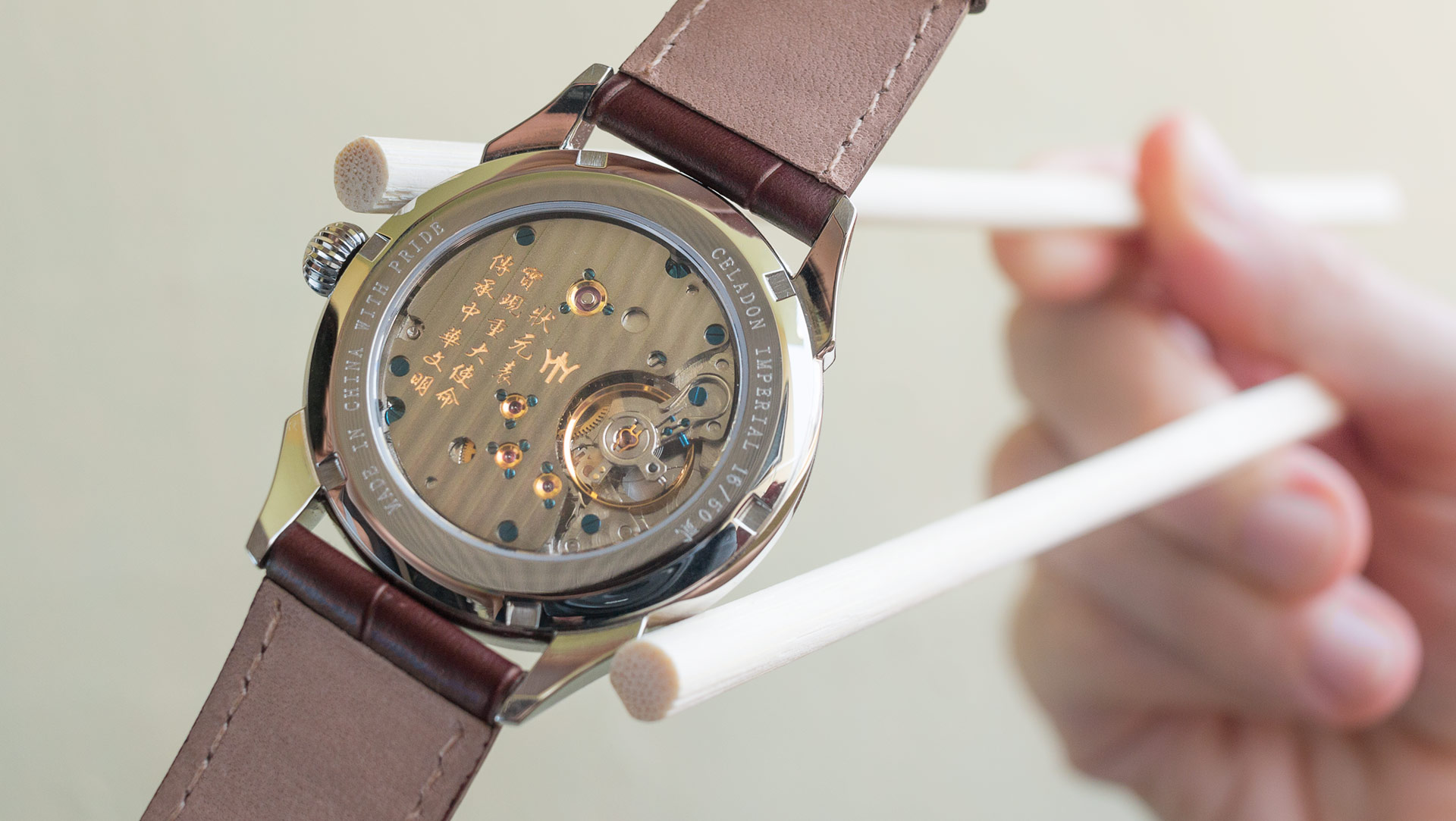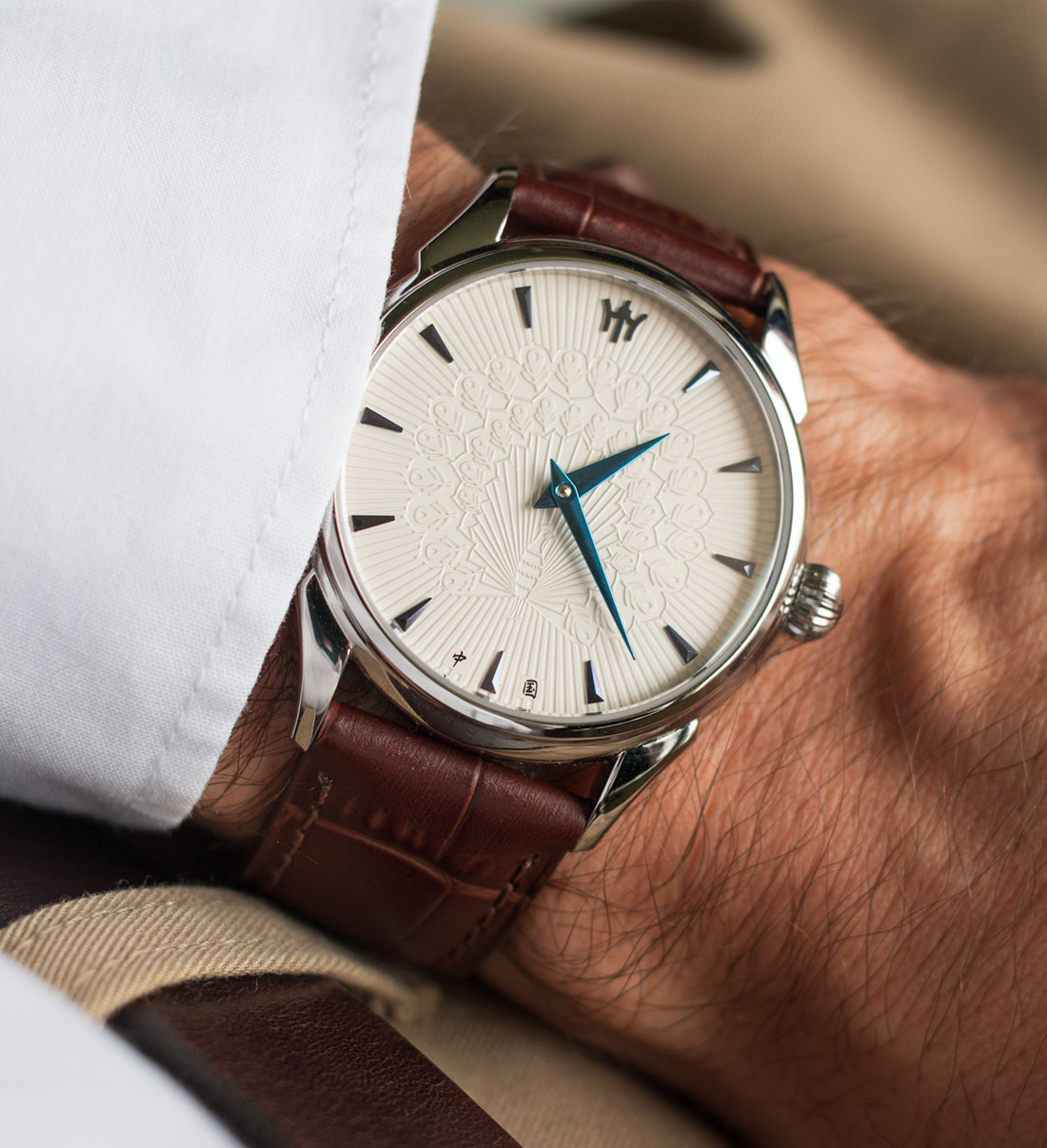
The concept that fuels the aesthetic behind microbrand Celadon is “made in China with pride.” Not only are the watches themselves completely made in China—not that that’s an unusual thing—but Celadon goes out of their way to emphasize their “Chineseness” in contrast to the many brands that want to downplay it. That alone is slightly interesting and refreshing, and now I’ve had the chance to see how their flagship and first model, the Celadon Imperial, incorporates this idea—and, more importantly, how it performs as an interesting daily or formal watch.
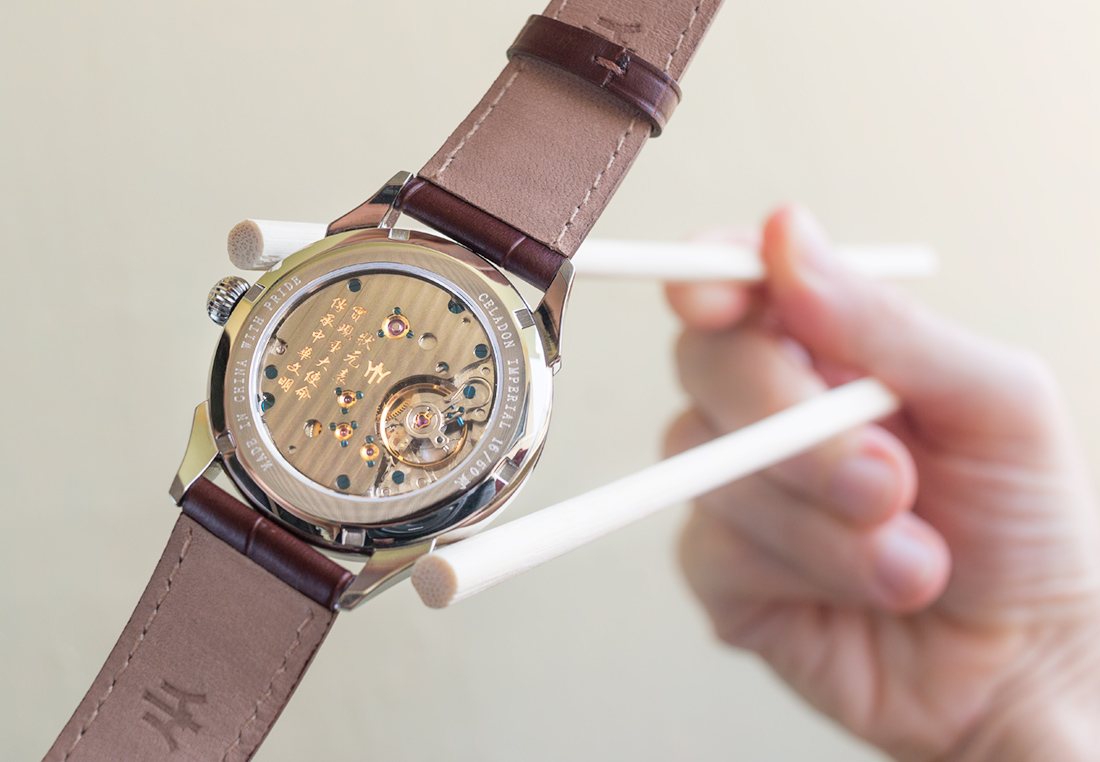
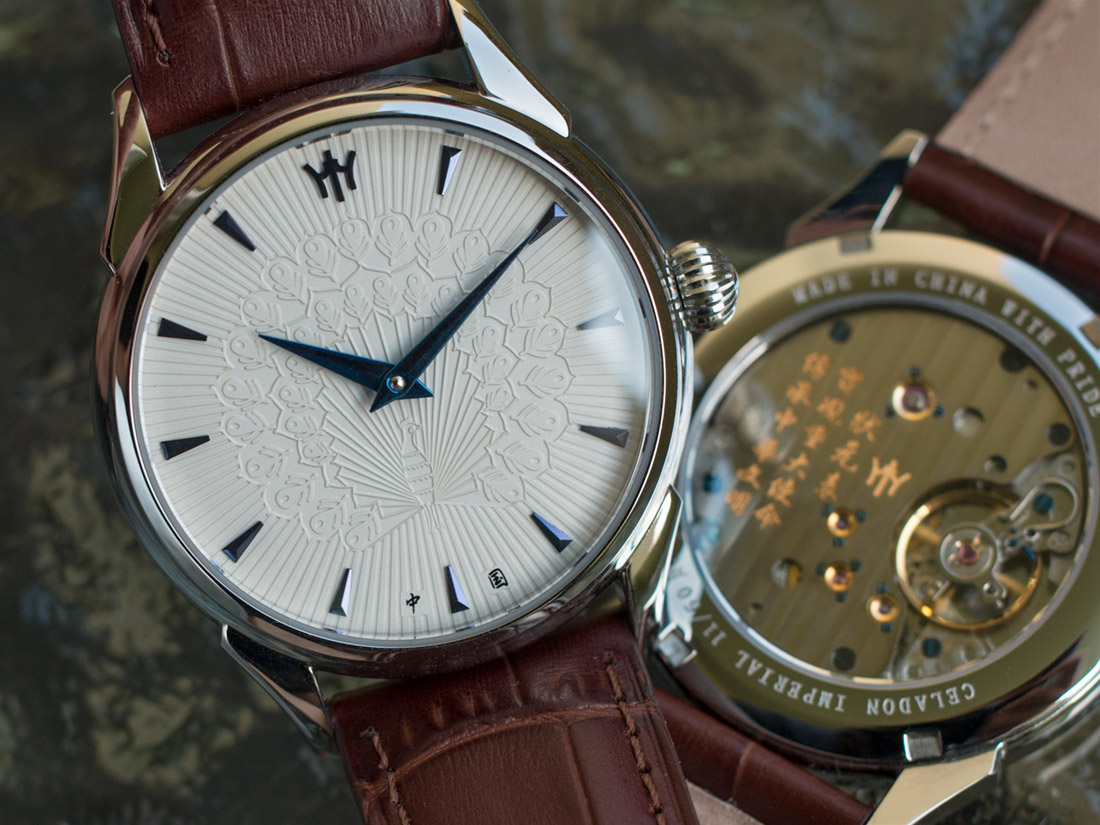
I’ll begin with a personal note because it ties in to the question of who Celadon is making these watches for. Frustrated with Chinese watches with derivative, jumbled “European” designs and even decorative, nonsense English, I first became aware of Celadon through Internet chatter several years ago when living in China. It seems there are people out there like me who would be interested in a Chinese watch specifically because it is Chinese rather than despite it. According to the brand’s Singaporean founder, Ben Chee, the majority of his customers are indeed expats in China or those with close ties or some other specific interest in China—but of course, he says he would also like to expand more into the native Chinese market as well.
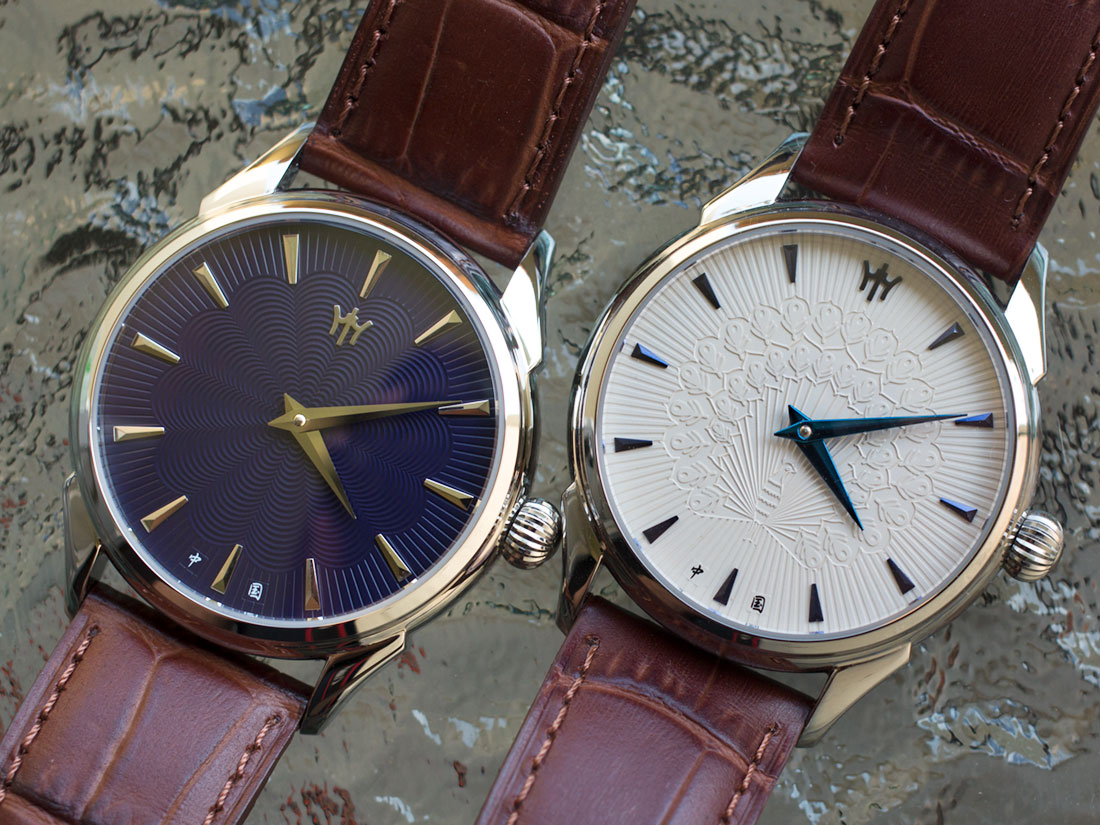
If you’re visiting or living in China, many people know you can find some interesting watches for a good price if you look hard enough. Finding tasteful, high-quality modern Chinese watches, however, that are not either half-plagiarized Swiss designs or gimmicky and over-the-top in their “Chineseness” can take a bit more work, to say the least. Obviously, there is some irony in the stigma against Chinese-made products, as so many of the “prestigious” Swiss watch companies (and others) source some of their parts from Chinese suppliers, but the stigma is persistent and not unfounded. Part of the problem with Chinese watches in general is weak quality control and a lack of reliable information rather than an inability to produce high-quality products and workmanship.
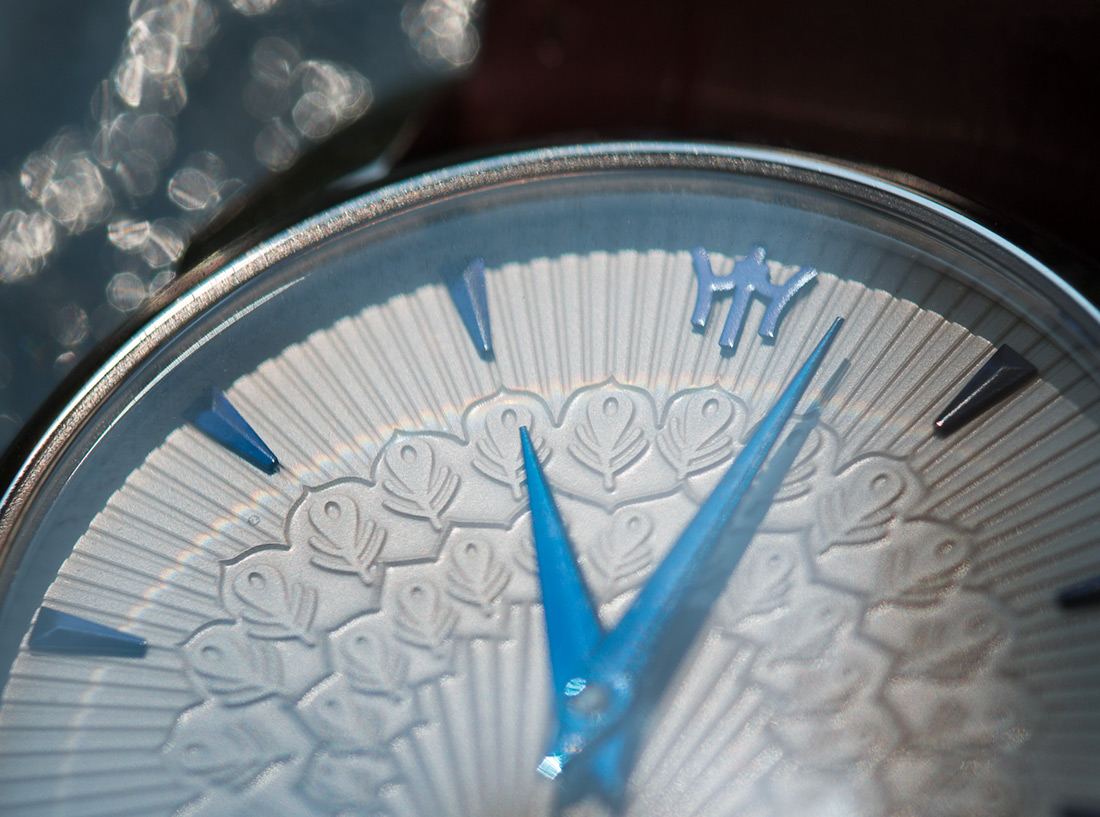
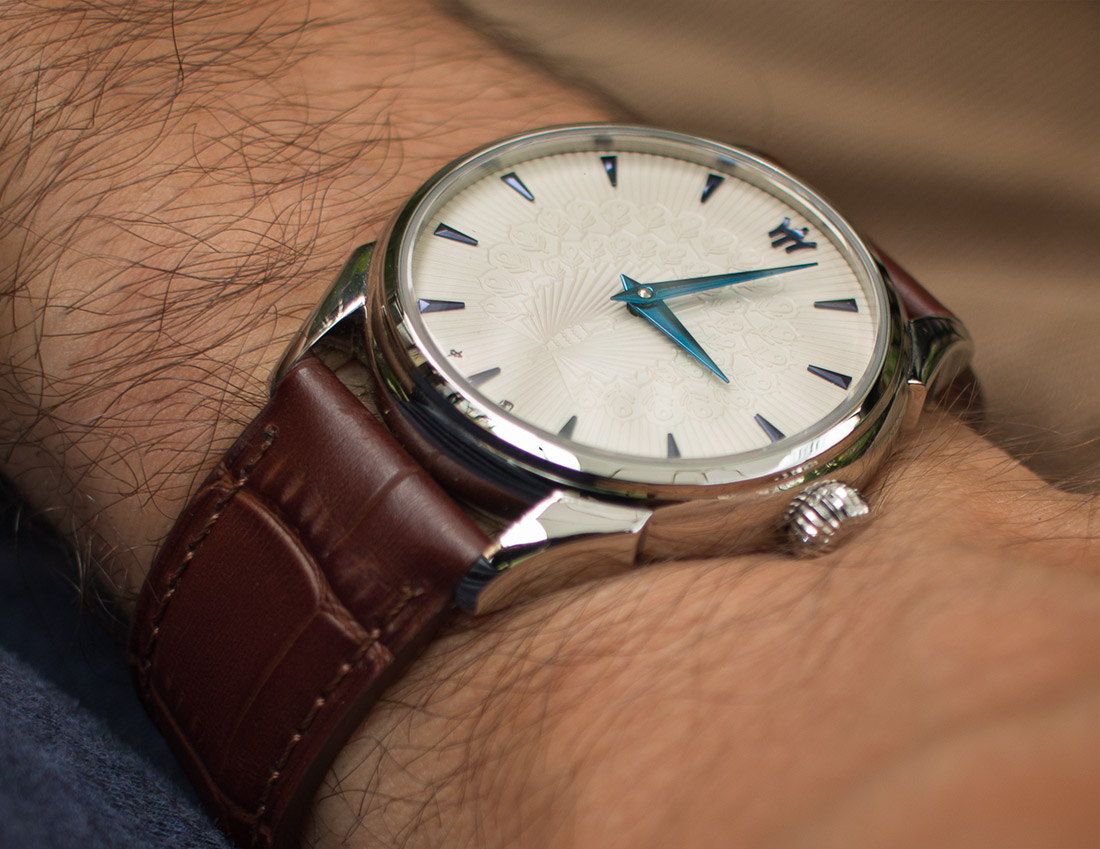
Celadon’s watches are made more or less entirely by Beijing Watch Company. Beijing watches enjoy some relative prestige and high regard within the country but are not well-known outside of China, and that’s mostly because of how confusing, chaotic, and changeable the Chinese watch market is. Here’s a little taste of what I mean.
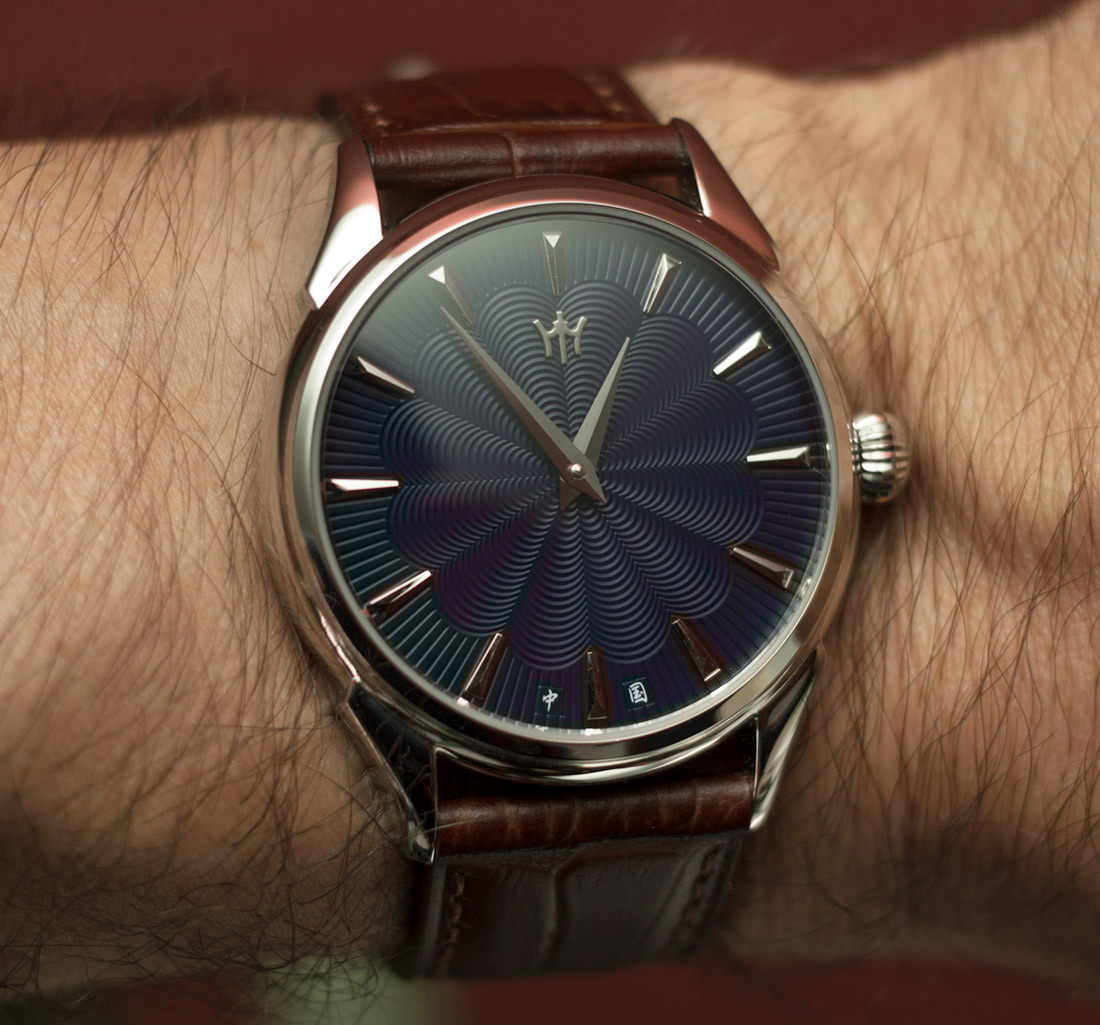
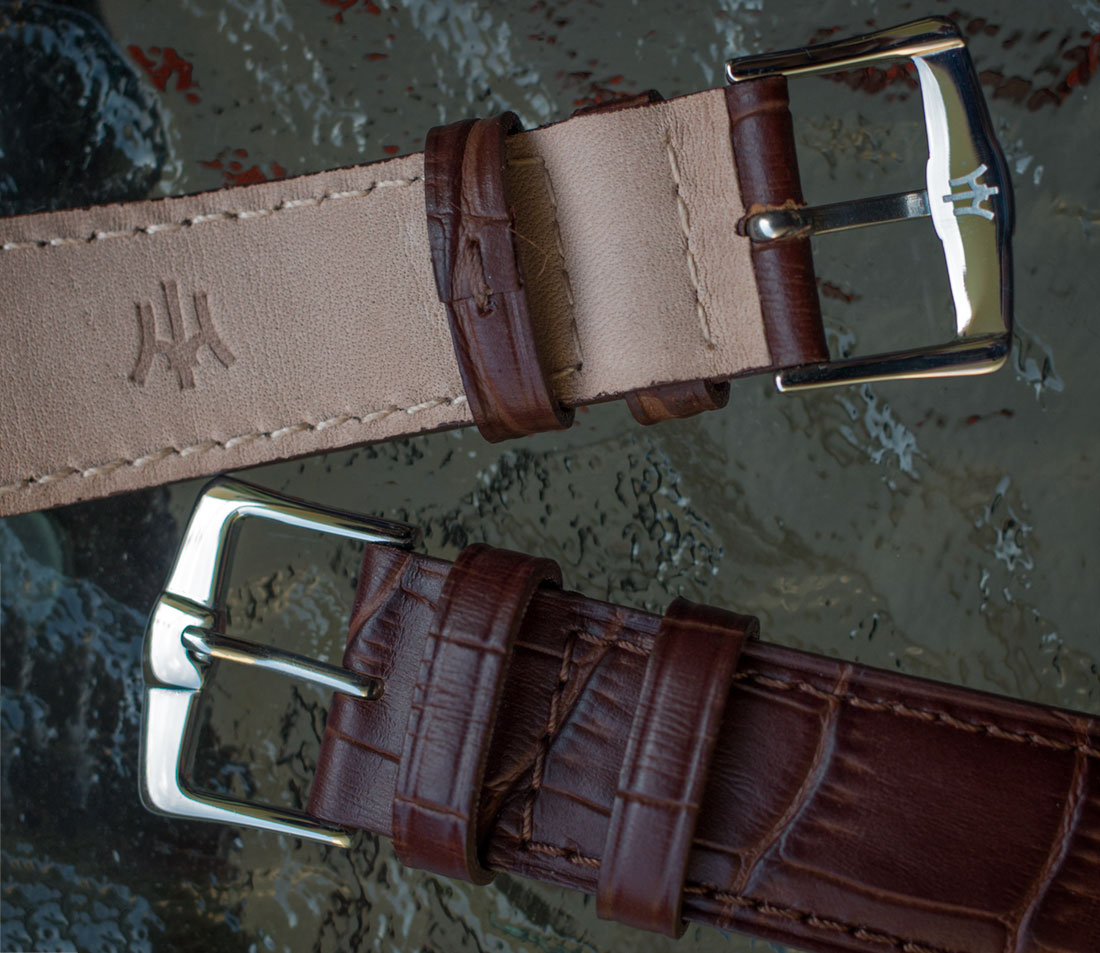
The Beijing Watch Company is among the oldest and most well-known Chinese watch “factories” with a good number of interesting watches and history since 1958. They make movements and watches in a wide range of prices. However, I am told that the rights to the Beijing logo and name were recently acquired by watchmaker Fiyta (who does not make its own movements), which is itself under the government’s Aviation Industry Corporation of China. Furthermore, according to sources working with Beijing and Fiyta, this means that many Beijing movements are still being produced and used in various watches such as this Celadon Imperial, but will cease being used in Beijing-branded watches. Apparently, Beijing watches will actually use outside movements, including Swiss and Japanese ones! It’s an odd choice during a time when everyone else is bending over backwards to brag about in-house manufacturing. The Beijing website still shows that their watches use Beijing movements, though, so there’s still some uncertainty. Consumers are obviously going to be confused about what they are getting with many Chinese watches, and that’s a major problem.
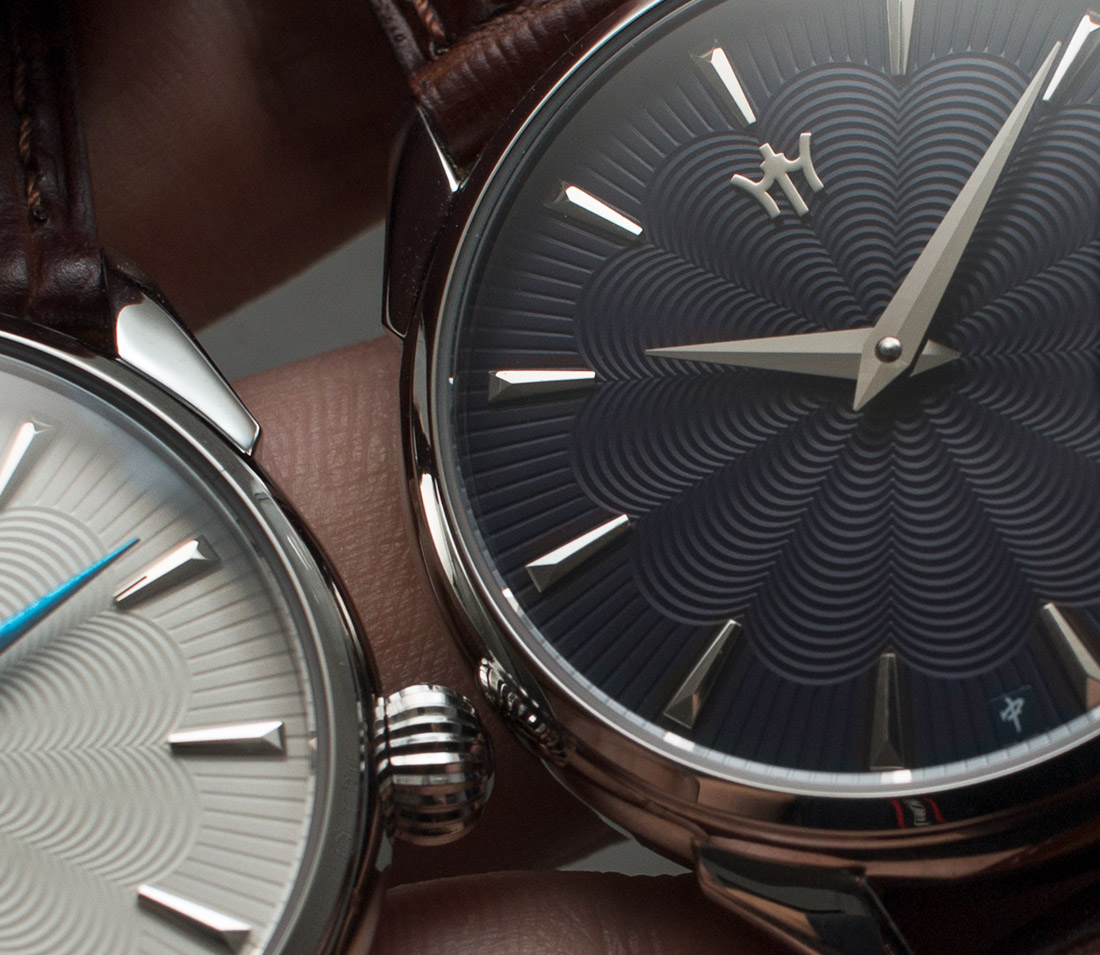
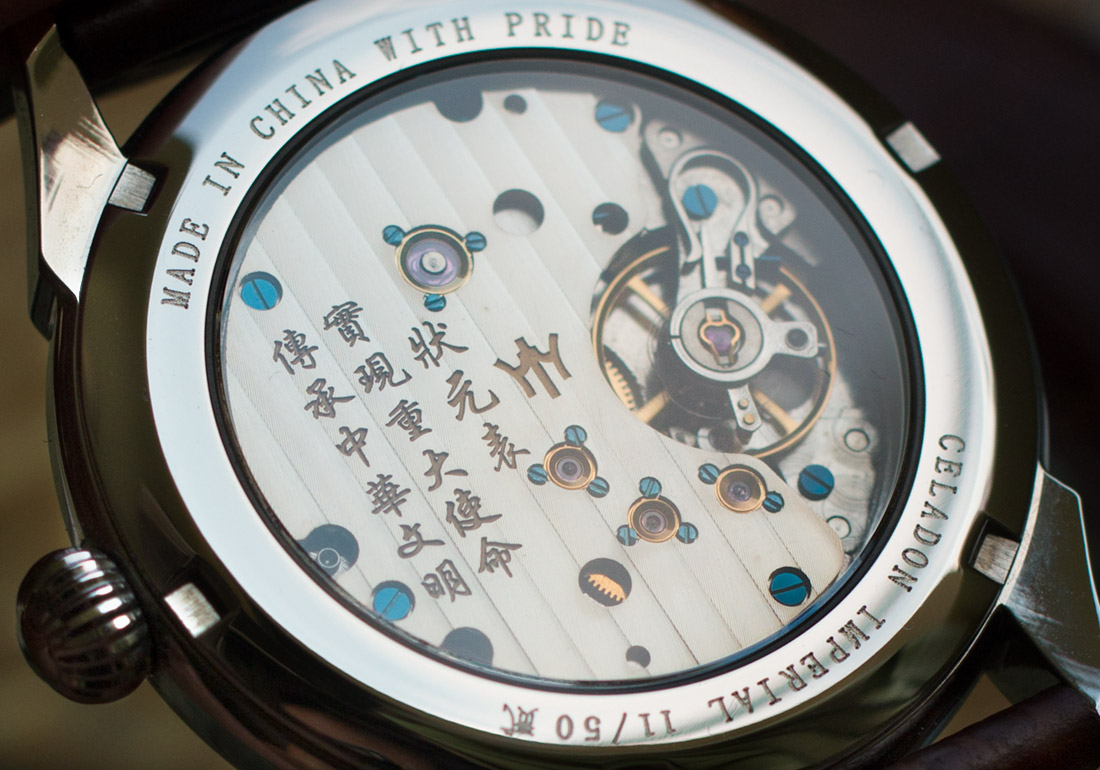
As Celadon develops, they are designing their own cases and other components, as well as using exclusive Beijing movements for other watch lines (currently Celestial Silk and Yue Fei). As the brand’s first watch collection, however, the Celadon Imperial has much in common with watches previously produced by Beijing, including the case and movement as well as other parts like the crown and even buckle (the buckle is signed on the inside, just like with other Beijing watches). But Celadon has opted for some more premium options and finishing than what’s usually found on the often lower-priced and more mass-produced Beijing watches. The Celadon Imperial’s case is 38mm wide in polished steel and 9mm thick, including the slightly domed sapphire crystal. The 30m water resistant case and construction are solid, and I particularly like the shape of the lugs.
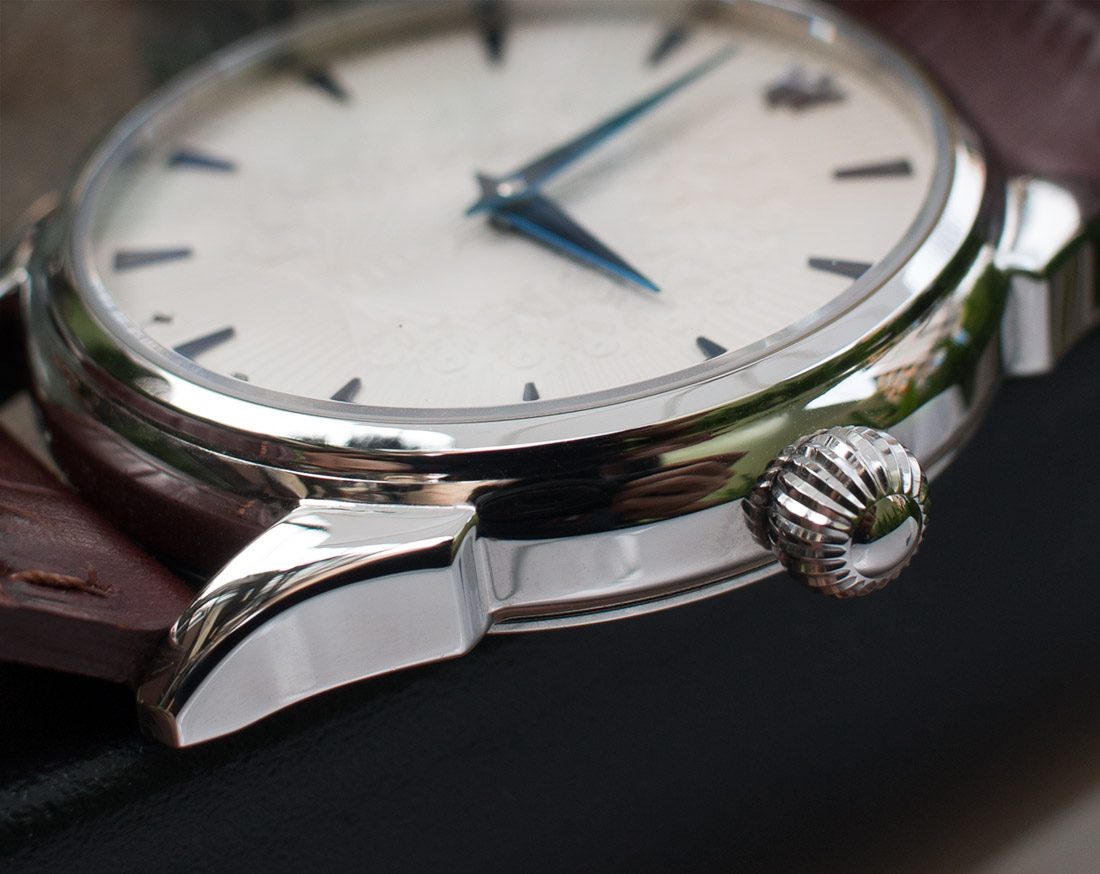
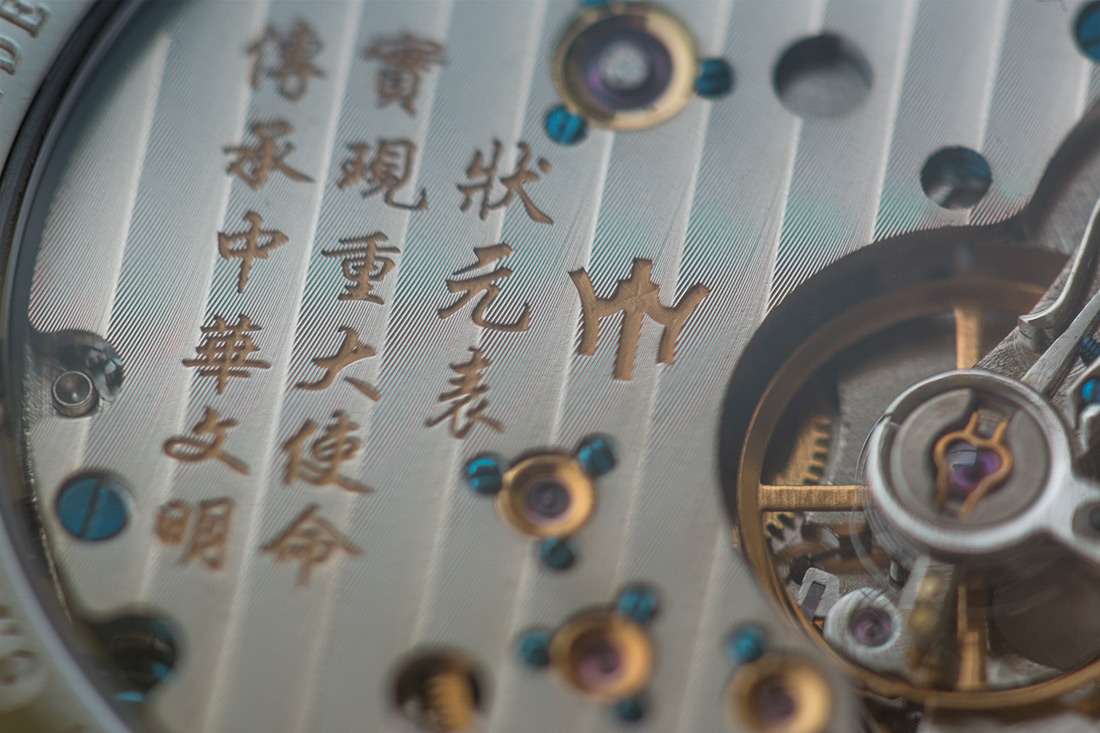
The attractive caseback view of the hand-wound Beijing CG18 movement is a significant part of the watch’s overall appeal. The Beijing Watch Company’s simple B18 movement here is called CG18 for “Celadon Grade.” The brand tells us that this means they are produced in smaller batches with better quality control and regulation than that of the basic B18. The B18 has a stated power reserve of 42 hours, a frequency of 3Hz, and a claimed accuracy of -10/+25 seconds per day. I believe the Beijing B18 movement itself offers a date and small seconds at 6 o’clock, as can be seen on some Beijing watches, but Celadon has opted out of these for a cleaner design.
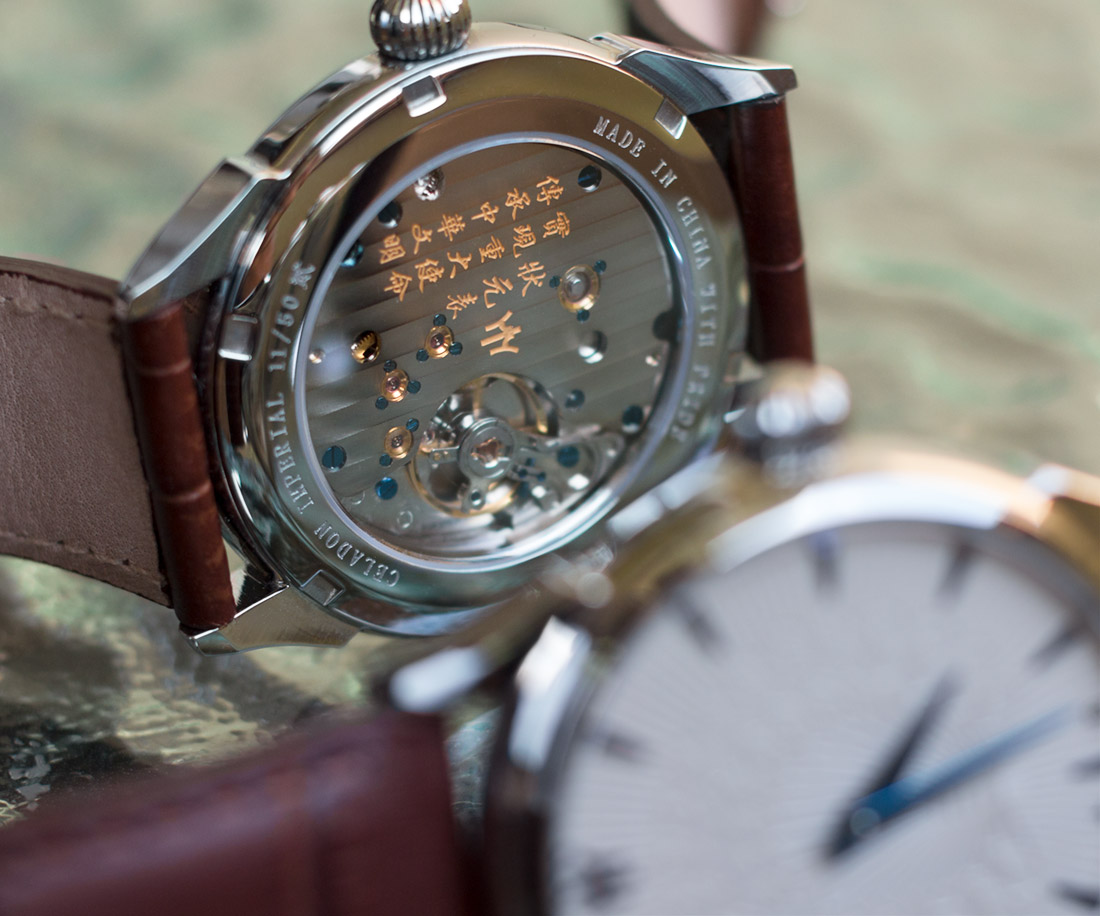
With no seconds hand, it was hard to test the accuracy of the Celadon Imperial’s movement, but it seemed to be running a bit fast judging only by the minute hand’s position. The movement’s hacking feature is worth mentioning since some modern Chinese (and Japanese) movements lack it, but again, the lack of a seconds hand makes it more or less irrelevant. It’s a good-looking movement for the price, as it comes with Geneva stripes (“Chinese Scroll stripes,” Celadon says), blued screws, gold chatons, a swan neck regulator (explained further here), and the gold calligraphy engraving, which Celadon translates to: “To accomplish a momentous mission in carrying on Chinese civilization” along with something like “superlative watch” and the Celadon logo.

